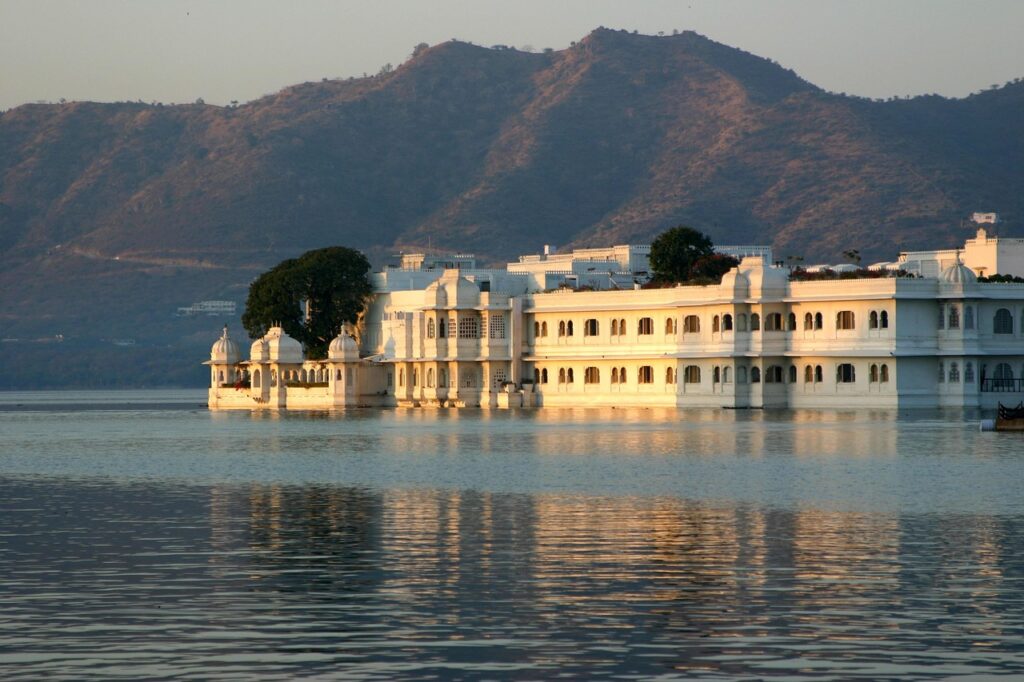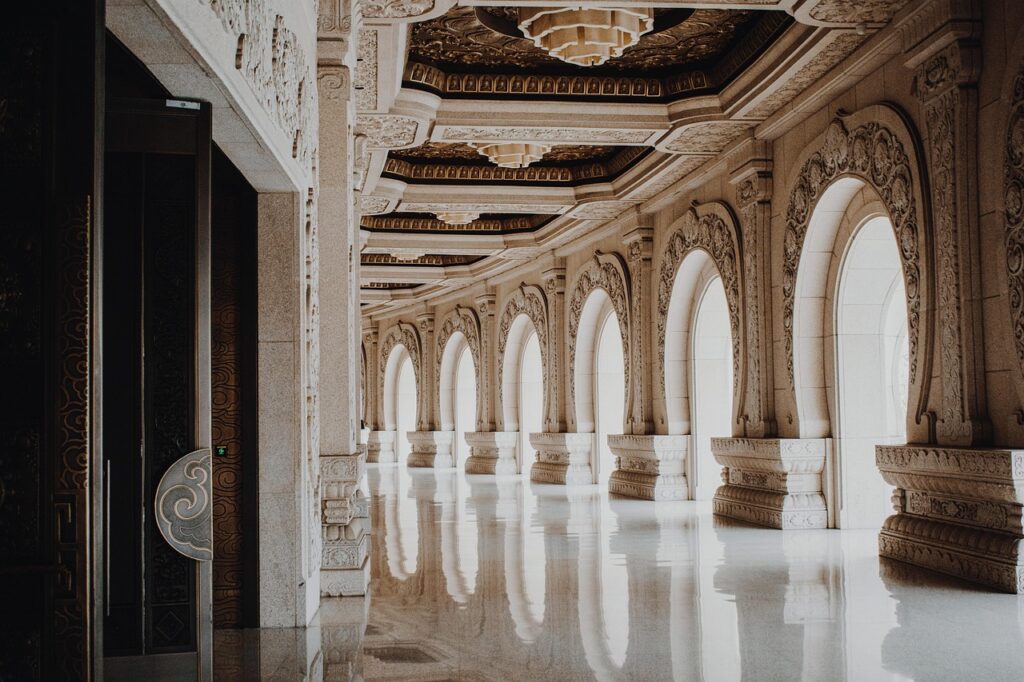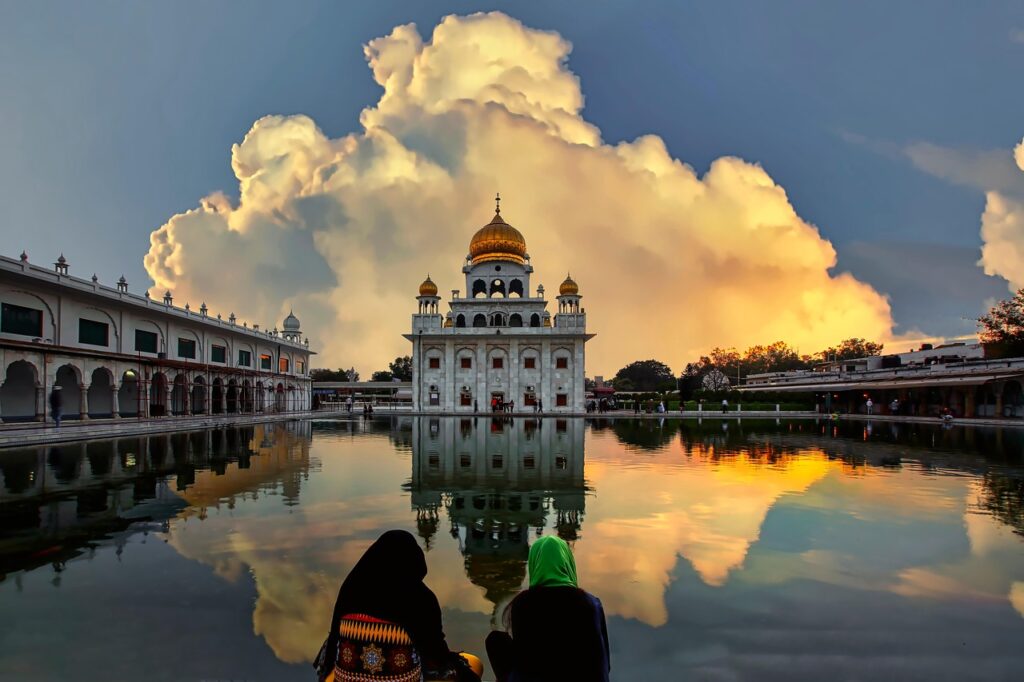
Architecture is more than just building; it’s a profound reflection of human ingenuity, culture, history, and even our aspirations for the future. As you journey across the globe, you’ll encounter a breathtaking tapestry of architectural styles, each telling a unique story through its form, materials, and philosophy. Join us as we explore some of the most captivating and distinctive architectural styles from around the world.
The Enduring Majesty of Ancient Civilizations: Egypt & Mesoamerica

When we speak of unique architectural styles, it’s impossible not to begin with the awe-inspiring creations of ancient civilizations.
- Ancient Egyptian Architecture: Think of Egypt, and instantly, the pyramids come to mind. These monumental tombs, like the Great Pyramid of Giza, are not just feats of ancient engineering but also profound symbols of a civilization obsessed with the afterlife and the divine. Their colossal scale, precise alignment, and enduring mystery continue to captivate. Beyond the pyramids, consider the grandeur of temple complexes like Karnak and Luxor, with their towering obelisks, hypostyle halls, and intricate hieroglyphics – a testament to a highly ritualized society.
- Mesoamerican Architecture: Across the Atlantic, the civilizations of Mesoamerica, such as the Maya and Aztecs, developed their own distinct styles. Their pyramids, often stepped and crowned with temples, served as centers for religious ceremonies and astronomical observations. The Mayan city of Palenque in Mexico, for instance, showcases intricate stone carvings and sophisticated urban planning, demonstrating a deep connection to their cosmology and the natural world.
The Grace of Asia: Japan’s Minimalism and India’s Opulence

Asia offers a diverse range of architectural expressions, from serene simplicity to vibrant grandeur.
- Traditional Japanese Architecture: Characterized by its profound connection to nature, traditional Japanese architecture emphasizes simplicity, harmony, and modularity. Key elements include wooden structures, sliding doors (fusuma and shoji), tatami mat flooring, and deep, overhanging eaves. Structures like the Katsura Imperial Villa exemplify this style, blending seamlessly with their surrounding gardens to create serene and contemplative spaces. The aesthetics often reflect Zen Buddhist principles, focusing on natural light, material honesty, and an intimate relationship with the landscape.
- Mughal Architecture (India): In stark contrast, Mughal architecture in India is renowned for its opulence, intricate details, and symmetrical grandeur. The iconic Taj Mahal is the quintessential example, blending Persian, Islamic, and Indian architectural styles. Its white marble, delicate inlays of precious stones, grand domes, and minarets create a breathtaking monument of love and imperial power. Other Mughal masterpieces, like the Red Fort in Delhi and Fatehpur Sikri, demonstrate the use of red sandstone, elaborate arches, and exquisite gardens.
European Wonders: From Soaring Gothic to Organic Art Nouveau

Europe’s rich history is etched in its diverse architectural landscapes.
- Gothic Architecture (Europe): Emerging in France in the 12th century, Gothic architecture is instantly recognizable by its pointed arches, ribbed vaults, flying buttresses, and expansive stained-glass windows. These innovations allowed for taller, lighter structures, flooding interiors with ethereal light. Cathedrals like Notre-Dame de Paris and Cologne Cathedral are supreme examples, designed to inspire awe and draw the gaze heavenward, reflecting a period of intense religious devotion and architectural ambition.
- Art Nouveau (Late 19th/Early 20th Century): A departure from historical revivalism, Art Nouveau celebrated organic forms, sinuous lines, and natural motifs, often inspired by plants and flowers. Architects like Antoni Gaudí in Barcelona pushed the boundaries of this style with structures like La Sagrada Familia and Casa Milà. Gaudí’s work, characterized by its fluid, almost sculptural forms, vibrant colors, and incorporation of natural light, makes his buildings feel alive and deeply connected to their environment.
The Boldness of Modernism and Beyond: Global Innovation

The 20th and 21st centuries have seen an explosion of new ideas and technologies in architecture.
- Modernist Architecture: Emphasizing function, clean lines, and new materials like steel and glass, Modernist architecture sought to break away from historical ornamentation. The Bauhaus School in Germany championed this “less is more” philosophy. Iconic buildings like the Seagram Building in New York by Mies van der Rohe or Le Corbusier’s Villa Savoye demonstrate purity of form and a focus on open spaces and natural light, reflecting a desire for efficiency and a new social order.
- Contemporary & Experimental Architecture: Today, architects around the world are constantly pushing boundaries, exploring sustainable solutions, digital fabrication, and responsive designs. From the sail-like forms of the Sydney Opera House by Jørn Utzon to the deconstructed grandeur of Frank Gehry’s Guggenheim Museum Bilbao, contemporary architecture is a vibrant landscape of innovation. We see buildings that twist, flow, and interact with their surroundings in unprecedented ways, often incorporating advanced technology and addressing global challenges like climate change.
The Story Continues…
Every building, from a humble vernacular dwelling to a towering skyscraper, holds a story. Exploring unique architectural styles from around the world is not just about appreciating their aesthetics; it’s about understanding the cultures, beliefs, technological advancements, and aspirations that shaped them. It’s a journey that continually reminds us of the endless creativity of the human spirit.

